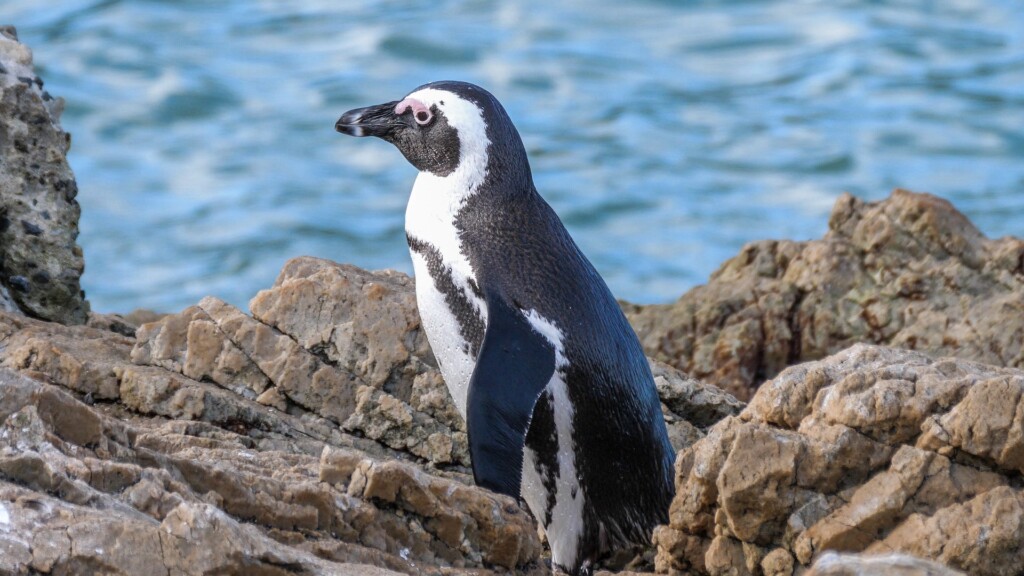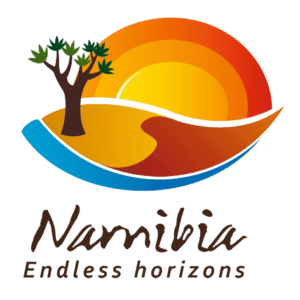From giant rock arches, meteor craters, and fossil and archaeological sites to Africa’s most important shipwreck discovery and some of the most pristine and wild landscapes on the planet, the newly proclaimed Sperrgebiet National Park (SNP) is a jewel in Namibia’s protected area network.
Closed to the public following the discovery of a diamond at Kolmanskop near Lüderitz by the railway worker, Zacharias Lewala, in 1908, large parts of the Sperrgebiet were left undisturbed for nearly a century. Although this was done to protect the mineral wealth of the area, it also contributed to safeguarding the Succulent Karoo ecosystem, which has the highest diversity of succulent flora globally.
Some 1 050 plant species are known to occur in the SNP, nearly 25 per cent of the entire flora of Namibia on less than three per cent of the land area of the country. This led to the listing of the Succulent Karoo as one of the world’s top 34 ‘biodiversity hotspots.
The Sperrgebiet is one of a ‘new era’ of protected areas, proclaimed to protect biodiversity while contributing to the local and national economy through tourism development and concessions.
Proclamation: Sperrgebiet National Park in 2008
Park size 22 000 km2

Natural features: Sandy shores along the coast in the south and rocky headlands and inlets in the north. At least 17 ‘islands’ occur off the coast adjoining the SNP. Sandy and gravel inland plains, sand dunes, mountain ranges and inselbergs and the Orange River valley.
Vegetation: Succulent Karoo, Namib Desert and Savannah biomes.
Vegetation types: Succulent Steppe, Southern Desert, Riverine Woodland. Quiver tree (Aloe dichotoma), many-stemmed quiver tree (Aloe ramosissima), vygies (Mesembryanthemumsp), Hoodia and Euphorbia spp. Sweet-thorn (Acacia karoo), camel-thorn (Acacia erioloba) along riverbeds.
Wildlife: Brown hyaena, gemsbok, springbok, South African fur seal, grey rhebok, Heaviside’s dolphin, southern right whale. Almost 60 wetland birds along the Orange River and 120 terrestrial bird species were recorded. African Penguin, Cape Gannet, Bank Cormorant, Purple Heron, Lappet-faced Vulture, Karoo Korhaan, Ludwig’s Bustard, Cape Francolin. Almost 100 reptile species; 16 frog species and a great number of insects and other invertebrates, probably 90 per cent or more of the invertebrates found in the park have not been described by science.
Tourism: Restricted access. Museum at Kolmanskop Ghost Town is open to the public. One concession to Pomona Ghost Town and Bogenfels Rock arch from Lüderitz (day tour).
Key management issues: Management and tourism plans for the park are at an advanced stage of development. The park has been zoned in accordance with IUCN guidelines for Protected Area Management Categories. Close ties have been forged with partners and stakeholders such as mining companies and the business community. The MET has established stations adjacent to the park, patrol camps and radio repeater stations for easier communication between staff members.
Future plans: Tourism concessions have been identified and will be developed. These include desert experiences and ghost-town tours and Orange River boating and kayaking. All planned activities will be guided by the concession operators. A co-management strategy and forging of joint planning will be explored with the newly proclaimed Marine Protected Area off the coast of the park.


